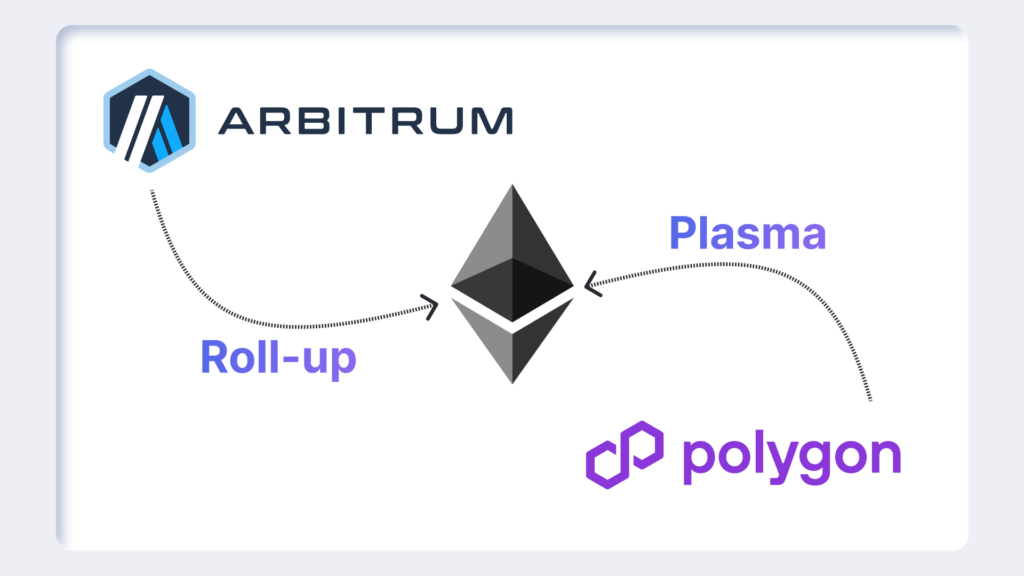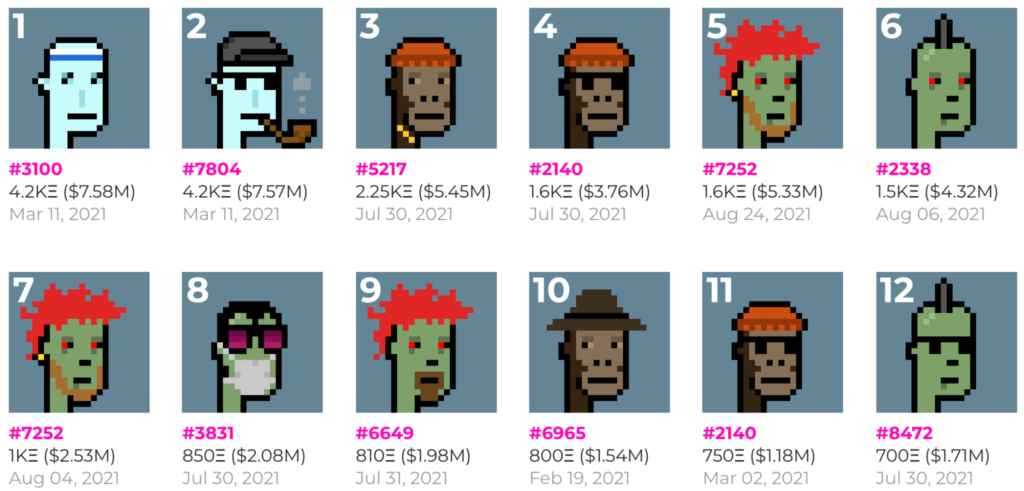Circle’s push to transform USDC into a truly global digital dollar just cleared one of its most important regulatory hurdles yet. On April 29 the company announced an In-Principle Approval from the Financial Services Regulatory Authority inside Abu Dhabi Global Market, putting it on track to become a fully licensed money-services provider in the United Arab Emirates.
For Circle, whose $62 billion stablecoin already moves billions of dollars a day across exchanges and on-chain apps, the UAE isn’t simply another market. Abu Dhabi has spent the past three years positioning itself as a regulatory sweet spot for Web3 firms: tough on compliance, generous on innovation. Securing the FSRA’s blessing signals that Circle can mint, redeem and distribute USDC under rules that traditional banks understand—something the company believes will unlock payments, remittances and trade settlement across the Middle East and North Africa.
“Principled innovators need jurisdictions willing to write clear rules,” CEO Jeremy Allaire told Bullish Times. “Abu Dhabi is saying: bring your best ideas, but do it inside a framework that protects users and the wider financial system.” The IPA arrives as Washington lawmakers debate the GENIUS Act and Europe finalises MiCA. With policy still in flux in the United States, Circle is hedging its bets by embedding in regions that welcome dollar-backed tokens today.
A two-pronged strategy
Circle’s advance into Abu Dhabi carries both regulatory and entrepreneurial firepower. Through a tie-up with Hub71—the emirate’s deep-pocketed tech ecosystem—Circle will enter ADGM’s digital sandbox, run hackathons and distribute grants to founders building on USDC. Hub71 CEO Ahmad Ali Alwan says the partnership drops “institutional-grade plumbing” into a community of 500+ start-ups hungry for compliant rails.
Behind the scenes, Circle’s treasury team is already working on settlement corridors that could route Gulf-to-Asia remittances through USDC instead of SWIFT. The UAE hosts one of the world’s largest expatriate populations, and remittance fees remain stubbornly high. A token that clears 24/7 for fractions of a cent could pressure incumbents such as Western Union while giving local banks programmable dollars that settle in seconds.
A fast-moving landscape
Stablecoins now boast a $230 billion market cap, according to rwa.xyz, and hold an estimated $140 billion in short-term US Treasuries— making issuers silent stakeholders in America’s debt market. Standard Chartered believes regulatory clarity could push that figure to $2 trillion by 2028. Circle, already MiCA-ready in Europe and freshly active in Japan through SBI Holdings, wants to capture the lion’s share of that growth.
Yet competition is heating up. PayPal has rolled out 3.7% yields on PYUSD, while Tether remains the liquidity king. Circle’s answer is compliance and reach: nail licenses on every continent, then embed USDC into retail wallets, corporate treasury tools and cross-border B2B rails before rivals can respond.
In the Gulf, the strategy might work. The UAE’s oil-rich sovereign funds are hunting for fintech plays, local banks crave dollar liquidity, and consumers wield some of the world’s highest smartphone penetration rates. If stablecoins are going mainstream anywhere first, Abu Dhabi has a case.
Circle now has six months to convert its in-principle nod into a full licence. Should that happen, the company will not just process payments; it will help define how tokenised dollars coexist with central-bank money in one of the planet’s fastest-growing financial hubs.
Circle’s arrival in Abu Dhabi is less about planting a flag and more about building the monetary rails of Web3—rails that regulators, banks and users can trust. The global race to tokenise finance is on, and USDC just secured a prime launchpad in the desert.


